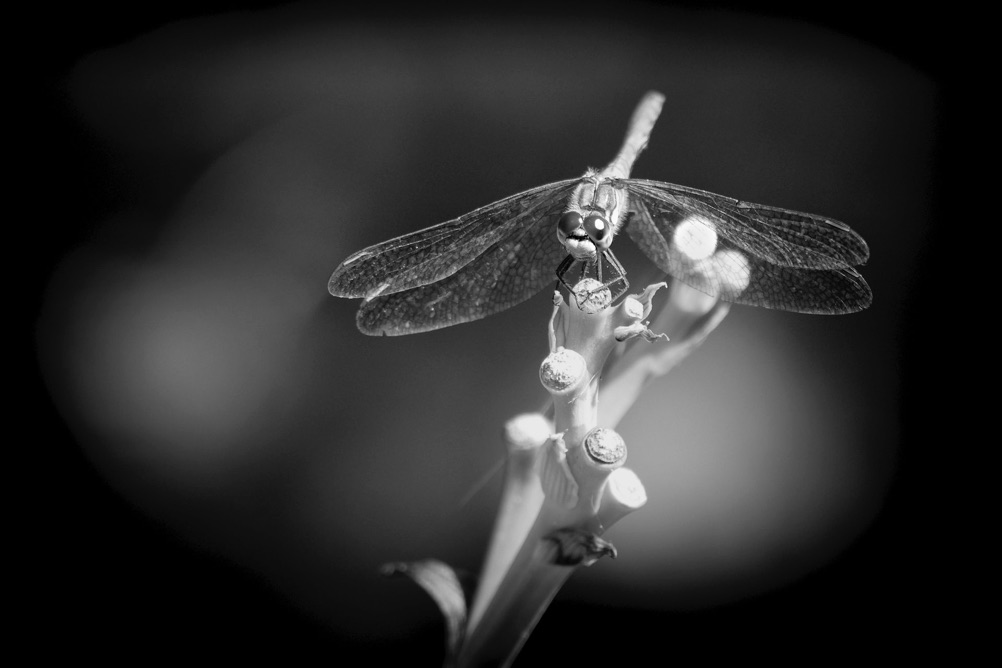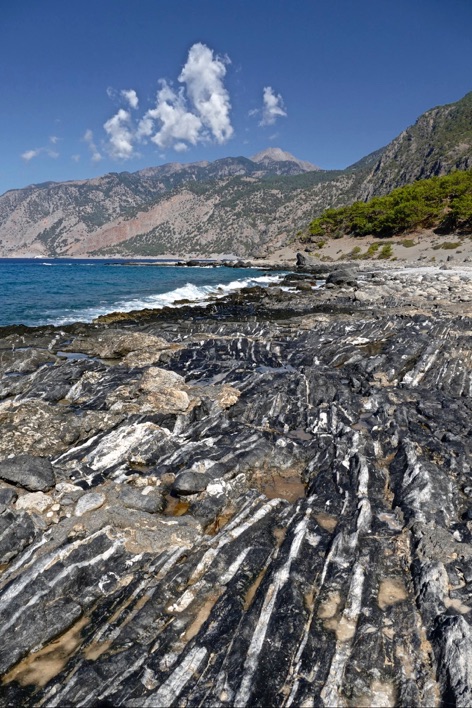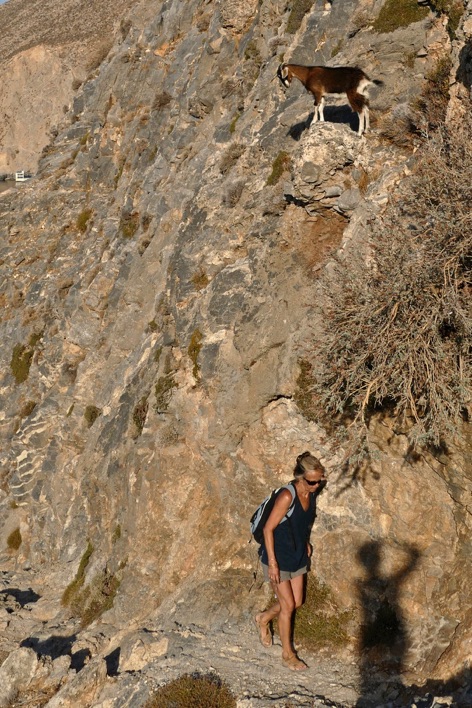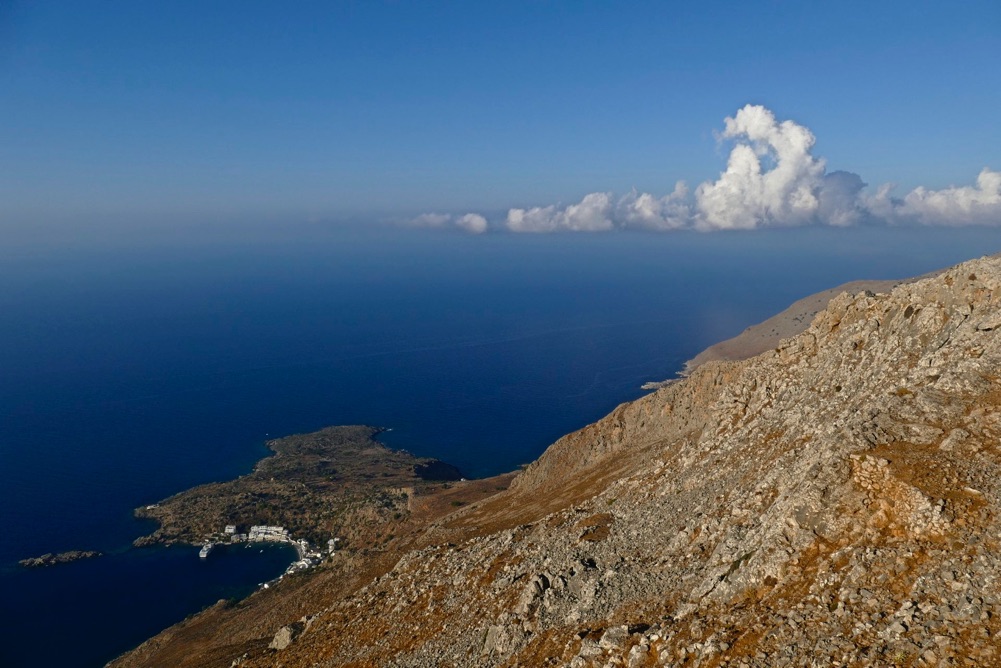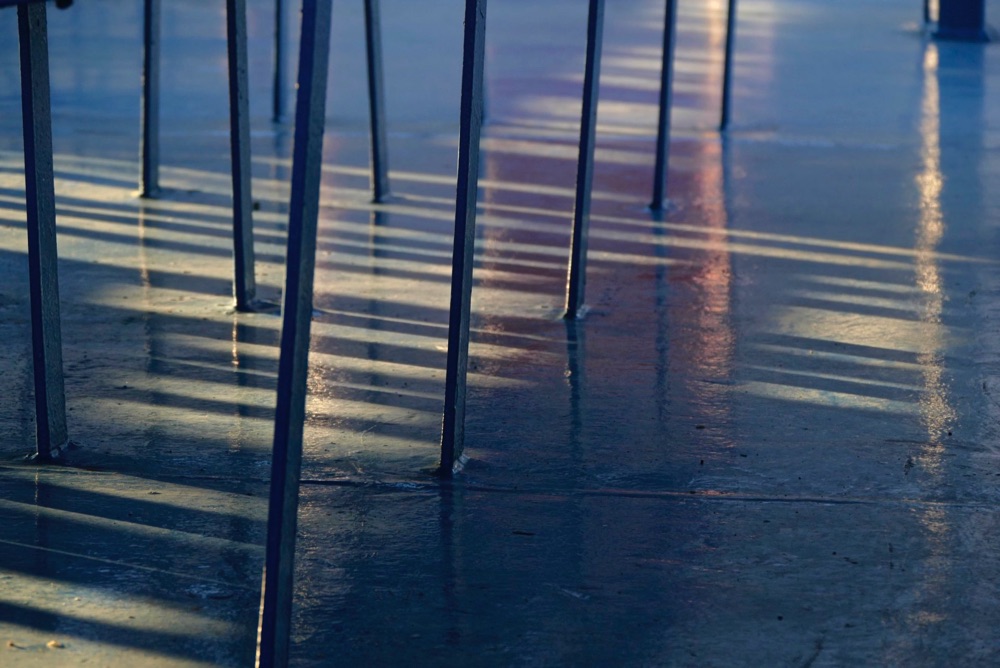Leica V-Lux (Typ 114)

Introduction
Together with the D-Lux cameras the V-Lux bridge cameras represent Leica’s partnership with Panasonic. The previous model in the range was the V-Lux 4; this was a fantastic 12mp camera with a 25-600 optical zoom lens with a constant f2.8 throughout the full range. With Leica’s new naming method the new camera is just called the V-Lux . . . . with the (Typ 114) identifier.
On paper the variable maximum aperture (f2.8 - f4) and the shorter zoom range (25-400) of the new V-Lux camera sounds less impressive. However, the new camera has a 1” 20mp sensor which has 4 times the area of the old sensor:
V-Lux 4 1/2.33” sensor: 6.08mm x 4.56mm
V-Lux (Typ 114) 1” sensor: 13.2mm x 8.8mm
This larger sensor not only gives improved resolution and better low light performance, but also a larger effective aperture than that of the V-Lux 4.
In addition, the new camera is the first bridge camera to offer 4k video.
The sensor itself seems to be the same one used in a batch of successful recent cameras including the Sony RX100III, the Sony RX10 and probably the Canon Gx7.
The New V-Lux is a complex camera and fully featured camera, and it’s outside the scope of this report to describe the details in full. However, in addition to the Leica documentation there is an excellent and detailed review of it’s sister camera at Dpreview: The Panasonic FZ100. It’s well worth a read.
I’ve been putting the new V-Lux through it’s paces since early in August, including a 2 week trip to Crete (where this article is being written). In this case I haven’t so much been testing this camera (it arrived in it’s final version) but it’s worth pointing out that, as a tester for Leica, my allegiance is to Leica, and if I find things wrong with the camera, then my duty is to tell Leica about it rather than the world in general. On the other hand, Leica have never had any influence over what I write, and I wouldn’t dream of saying anything that I don’t consider to be absolutely true, or to leave out anything I consider to be a show-stopper
The Body
Leica has once again employed Audi Design to work on the new V-Lux, so that it has a distinctive Leica look and feel (as well as the traditional red dot).
The camera is fairly big - an inevitable result of the the long zoom range, fast lens and the relatively large sensor. On the other hand, despite feeling pretty solid, it is also very light. This means that it is perfectly okay to carry around all day without stress or strain; on several long hot walks in Crete I carried the camera in one hand all day long. I put the camera through a pretty punishing time - high temperatures and a dusty environment. It performed really well throughout.
There is a flip out LCD screen which turns in all directions; excellent if you want to use a tripod, it even turns right around so that you can do selfies! The LCD can also be turned back on itself (facing into the body) for protection.
The LCD is a 921,000 dot display, whereas the excellent EVF is a 2.4 million dot unit with eye-sensor startup. You can easily turn the LCD off if you are only shooting with the EVF (and vice versa).
The sensor based image stabilisation is very effective. I managed to hand hold 400mm at 1/25th on a number of occasions, of course, this doesn’t help with moving subjects, but it means that you don’t need a tripod for the longer focal lengths (tripods don’t help with moving subjects either!).
The Lens
The lens is a Leica DC Vario-Elmarit 1:2.8 - 4.0/91-146 ASPH (equivalent to 25-400 in 35mm terms). It has a metal outer case and a knurled metal ring for either manual focus or for zooming. There is also a zoom control around the shutter release button (I found this to be faster and more convenient). The lens extends quite a long way when zooming, and the inner cylinder is made of plastic rather than metal. However, it all feels pretty solid.
The lens comes with a petal type lens hood which reverses onto the lens for storage. It’s a fantastic lens, sharp throughout the range and with no obvious weak spots.
Ergonomics and Operation
As is common with most similar cameras, the controls of the V-Lux are many and configurable. There are 4 configurable function buttons, but almost anything else can be configured within the complex menu system. These controls are thoroughly described elsewhere with respect to the Panasonic FZ1000, and it seems unnecessary to go through them in great detail here. Suffice to say, if you want to do something there will almost certainly be a way of doing it!
In actual use the camera is great fun. The autofocus is lightning fast, the tracking seems reliable and quick (not something that can be said of many similar cameras and usually the preserve of large DSLR cameras many times the size and price). The EVF works really well, giving clear information with high resolution; you quickly forget that you are not looking through an optical viewfinder. The shutter noise is virtually silent - if you turn off the camera’s shutter release noise then it simply makes a very slight ‘pop’, excellent for stealthy shooting.
Conclusion
The bridge camera has always been an enticing proposition but, for me at least, the tiny sensors they have previously employed have always been the spoiler. The wonderful 1” sensor in the V-Lux really does seem to be a game changer (just as it has been in the new Sony cameras).
Historically speaking the Leica versions of Panasonic cameras have been a great deal more expensive. However, this seems to be changing. As I write, the Leica V-Lux is selling in the UK for £925 with a 3 year Leica warranty and a copy of Adobe Lightroom V5, whereas the Panasonic FZ1000 is £749. The extra warranty, the Audi design and the copy of Lightroom all combine to make the V-lux rather good value for money. Historically speaking the Leica versions also hold their value much better than the Panasonic counterparts.
For many people the V-Lux might be every camera you need. Good for Video and Stills. Good for Macro or Sports, Good for Landscape and Portrait. The fast lens and long focal length makes it quite possible to isolate the subject. The RAW file options makes much post processing feasible and the 20mp is good for really large prints.
